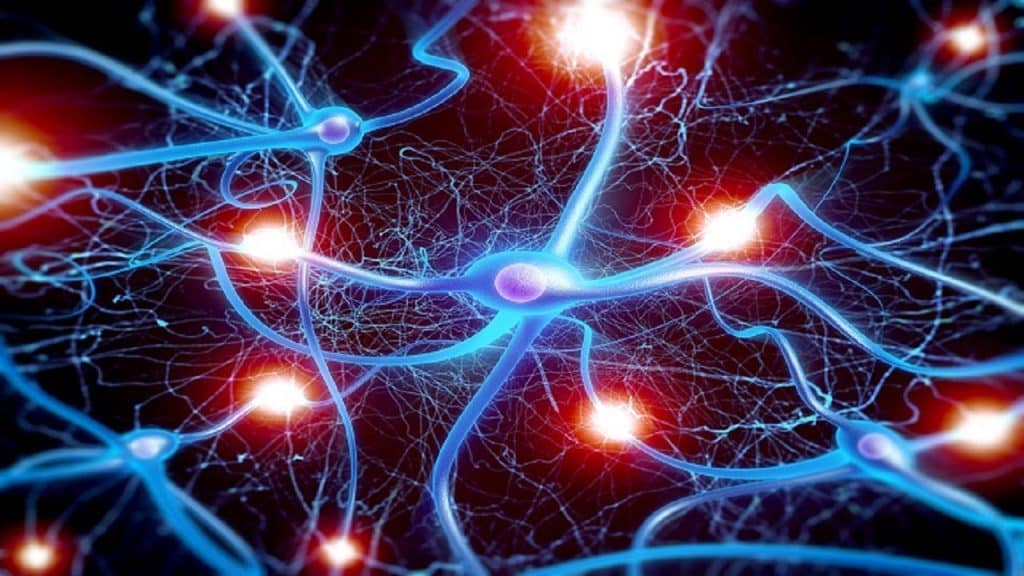Most discussions about Alzheimer’s and other forms of dementia focus on reducing risk and managing the decline. We often say that there is no cure; once the damage to your brain has been done, it can’t be undone. But what if there is a mechanism that could, theoretically, repair the synapses damaged by Alzheimer’s, and with it restore lost memories (https://longevity.technology/news/scientists-discover-way-to-repair-synapses-damaged-by-alzheimers/)?
A new study has come out of the Buck Institute of Aging that takes a different approach to most Alzheimer’s research. While other scientists focus on how to break down the progressive accumulation of toxic amyloid beta and tau proteins associated with the condition, the experts at the Buck Institute decided to investigate whether lost memory could be brought back.
What they found was a protein called KIBRA. It’s mostly present in the brain and kidneys, but it specifically works at the synapses, the places where neurons connect and pass messages. Synapses are also where memories are created, and they’re what we use when we try to recall something we’ve placed in our memory banks.
The researchers measured KIBRA levels in their participants.People who had been diagnosed with dementia had less KIBRA in their brains, despite having high amounts in their cerebrospinal fluid (CPF). Instead, more KIBRA in the CPF seemed to be associated with more accumulated tau protein. The higher the KIBRA in the CPF and the lower its presence in the brain, the more severe the dementia appeared to be. For Professor Tara Tracy, leader of the study, “It was very surprising how strong the relationship was, which really points to the role of KIBRA being affected by tau in the brain.”
Next, the scientists produced their own, simplified version of KIBRA and gave it to laboratory mice. The mice had a condition very similar to what would be Alzheimer’s in humans. When they received KIBRA, their synapses became stronger and more resilient. Their memory issues appeared to be reversed.
Now, KIBRA can’t do anything to remove accumulated tau, but if we can combine the developing treatments that do focus on tau reduction with some form of KIBRA-based therapy, we may be able to take a more multi-pronged approach to treating all the different aspects of Alzheimer’s. This could be a more effective way to stop the disease’s progression and repair the damage it has already done.




